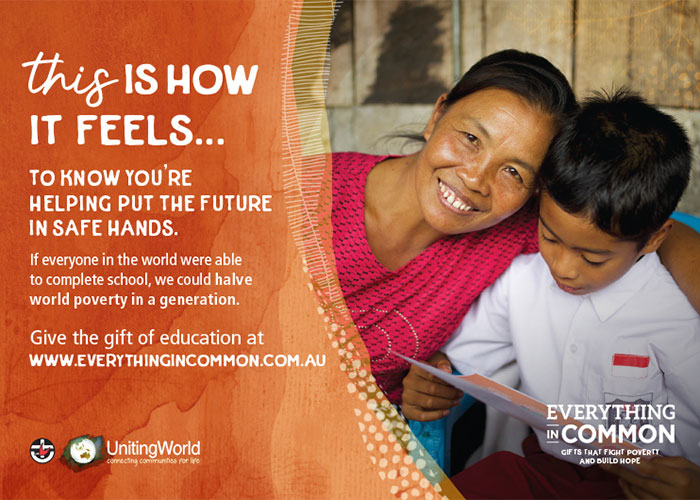Peter Garrett, the Minister for School Education and Early Childhood, said: “I believe that all students should have access to water safety lessons and be taught swimming skills, but it’s important to remember that water safety isn’t just up to schools.”
The National Drowning Report, released by the Royal Life Saving Society last month, found 45 drowning deaths in 2011-12 among 15- to 24-year-olds, a 25 per cent increase on the five-year average. More than 600,000 young adults in that age group are at “extreme risk” of drowning, the society says.
Julie Patterson has been teaching kids to swim since qualifying in June as an Austswim instructor. She teaches children aged 2 to 6 years. “What I really enjoy about the teaching is the trust of the children,” she said. “I had a couple of girls in the class the other day who’d never swum before. They were crying most of the lesson but at the very end they started to enjoy the experience of being in the water, chasing the plastic turtles and playing. Those few minutes reminded me why I got into this – to encourage children to have confidence in the water, to enjoy swimming and develop skills early in life.” Ms Patterson recommends where possible that children be introduced to the water from as early as six months of age.
Rob Bradley, chief executive of the Royal Life Saving Society, said: “The statistics are calling out to us. About one in five Australian teenagers are entering high school unable to swim 50 metres or even float for two minutes.”
The National Centre of Indigenous Excellence in Redfern has recently installed a protective shade-cloth over its outdoor pool. The Eora Learn to Swim curriculum at the NCIE uses the “Aqua Safe” program to progress children’s skills. The Aqua Safe program is implemented throughout Australia and focuses on stroke correction, water safety and personal development. The NCIE has classes for beginner swimmers, stroke correction and masters training (ncie.org.au).





